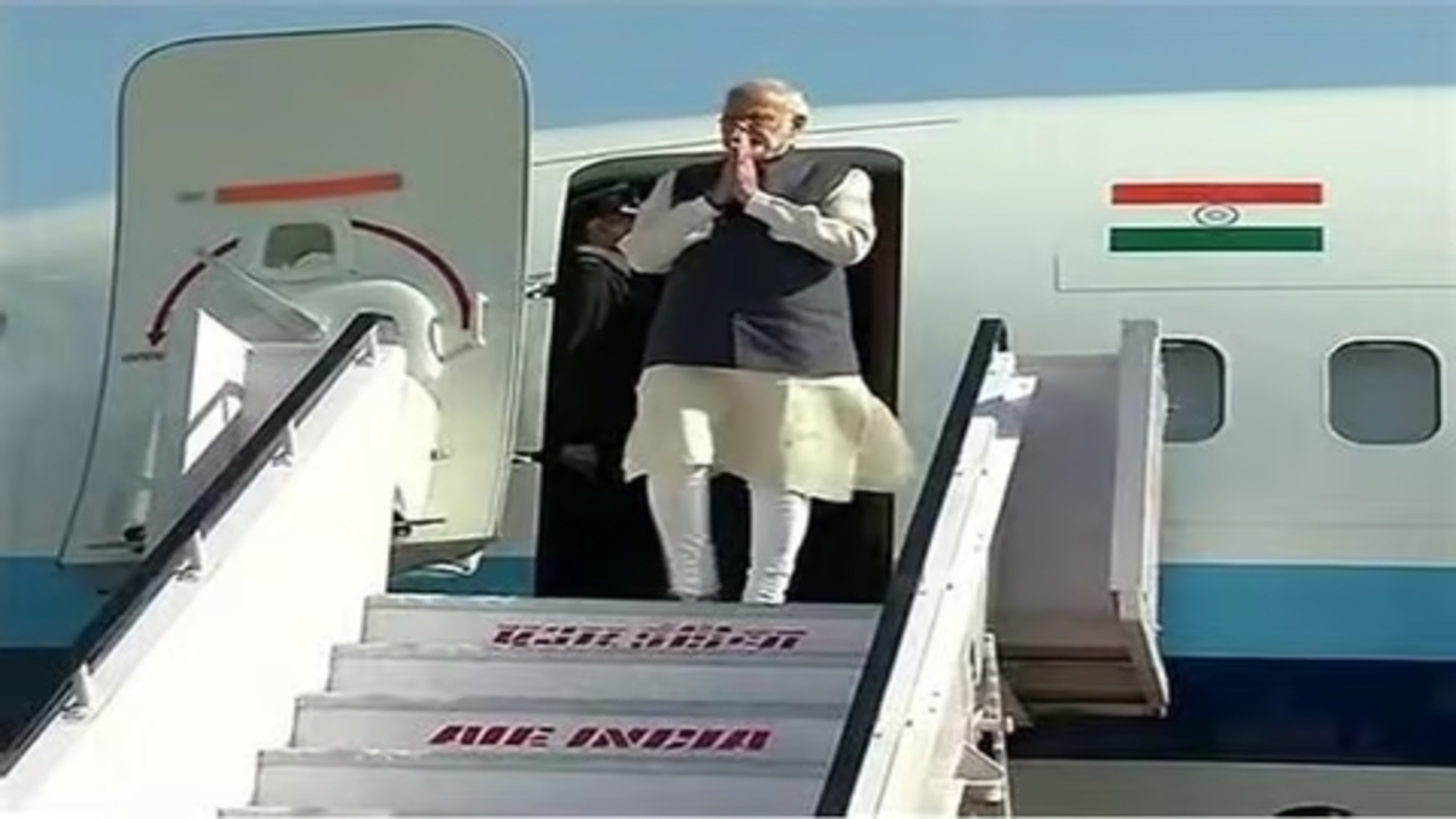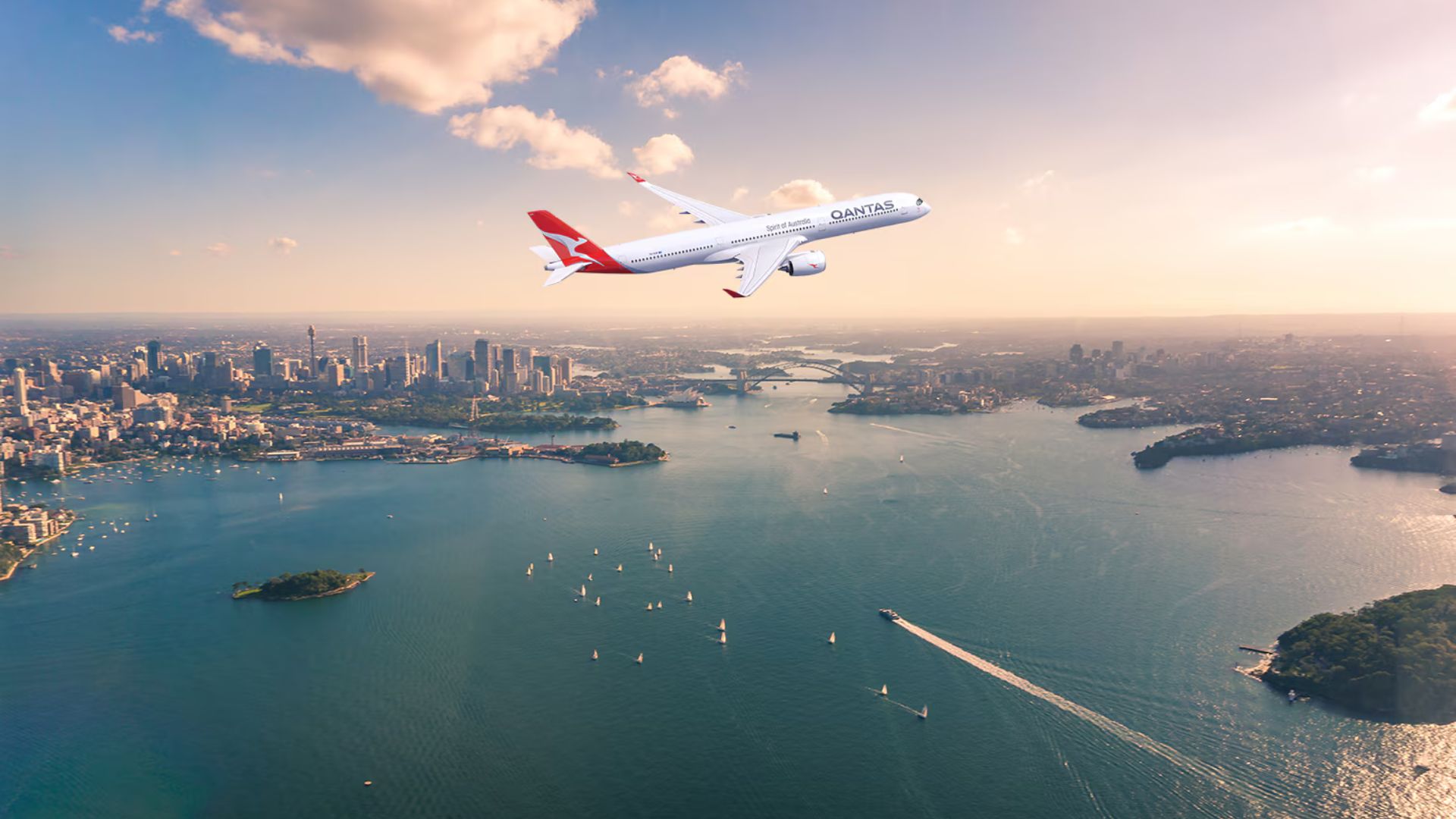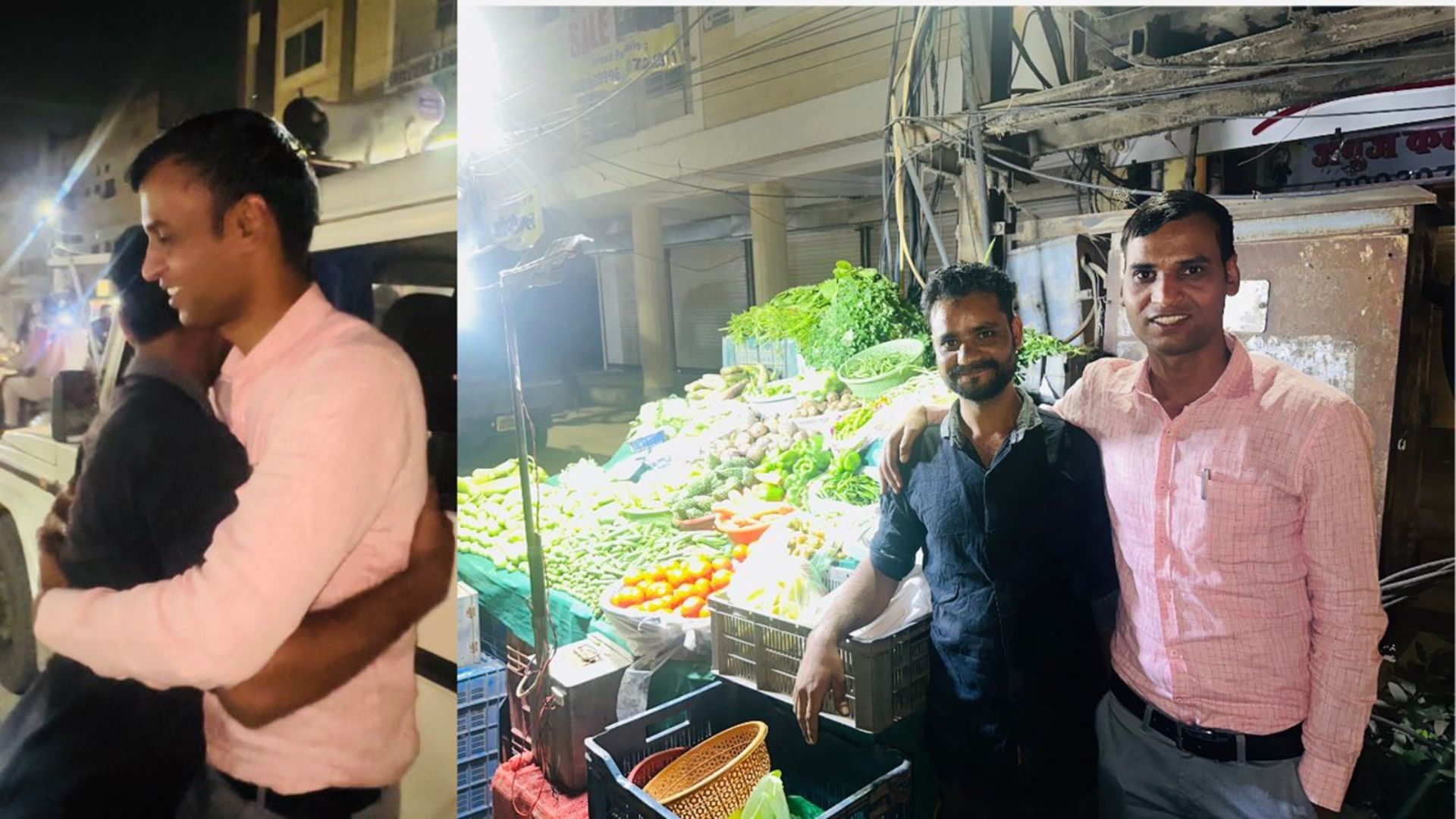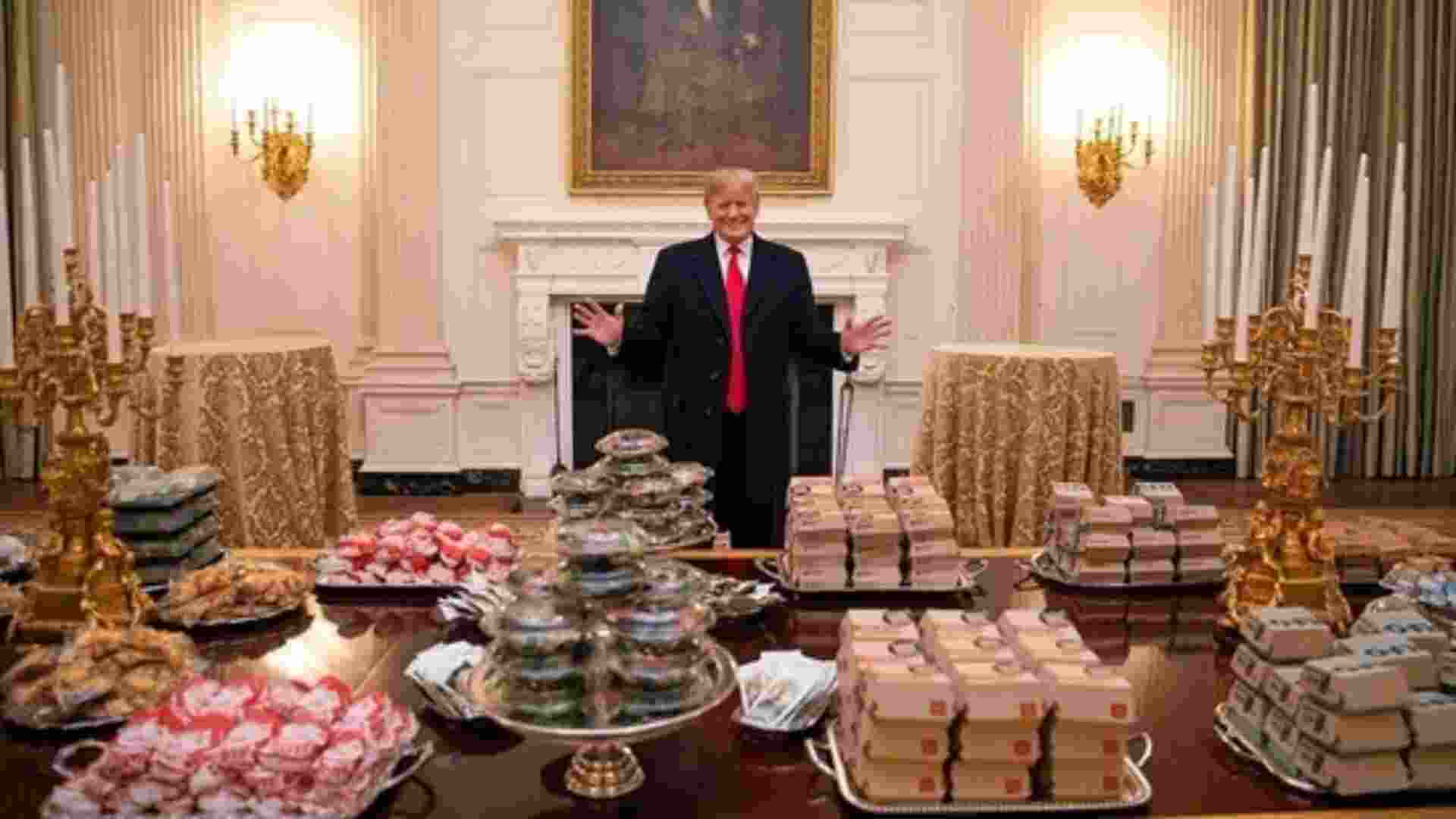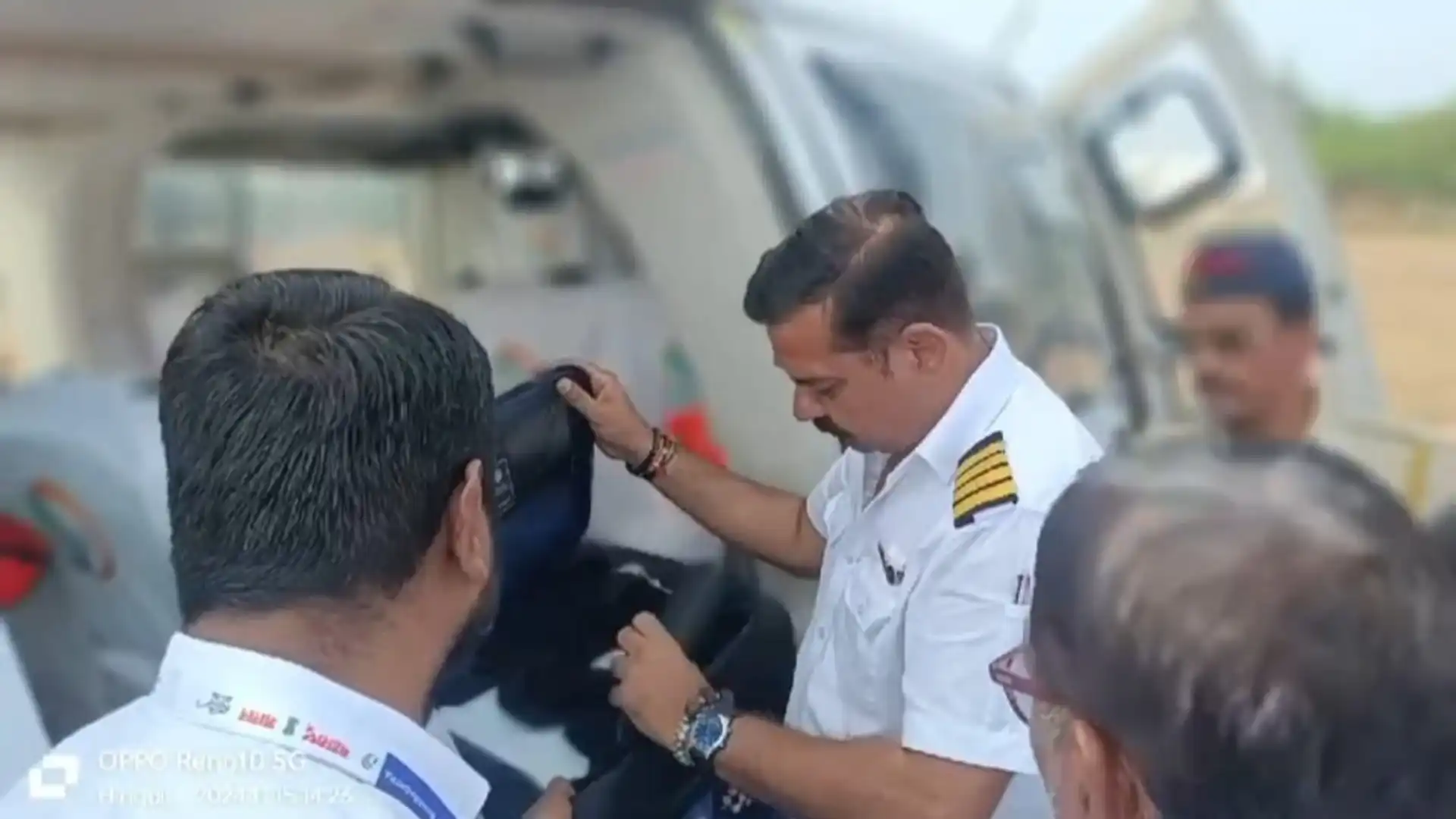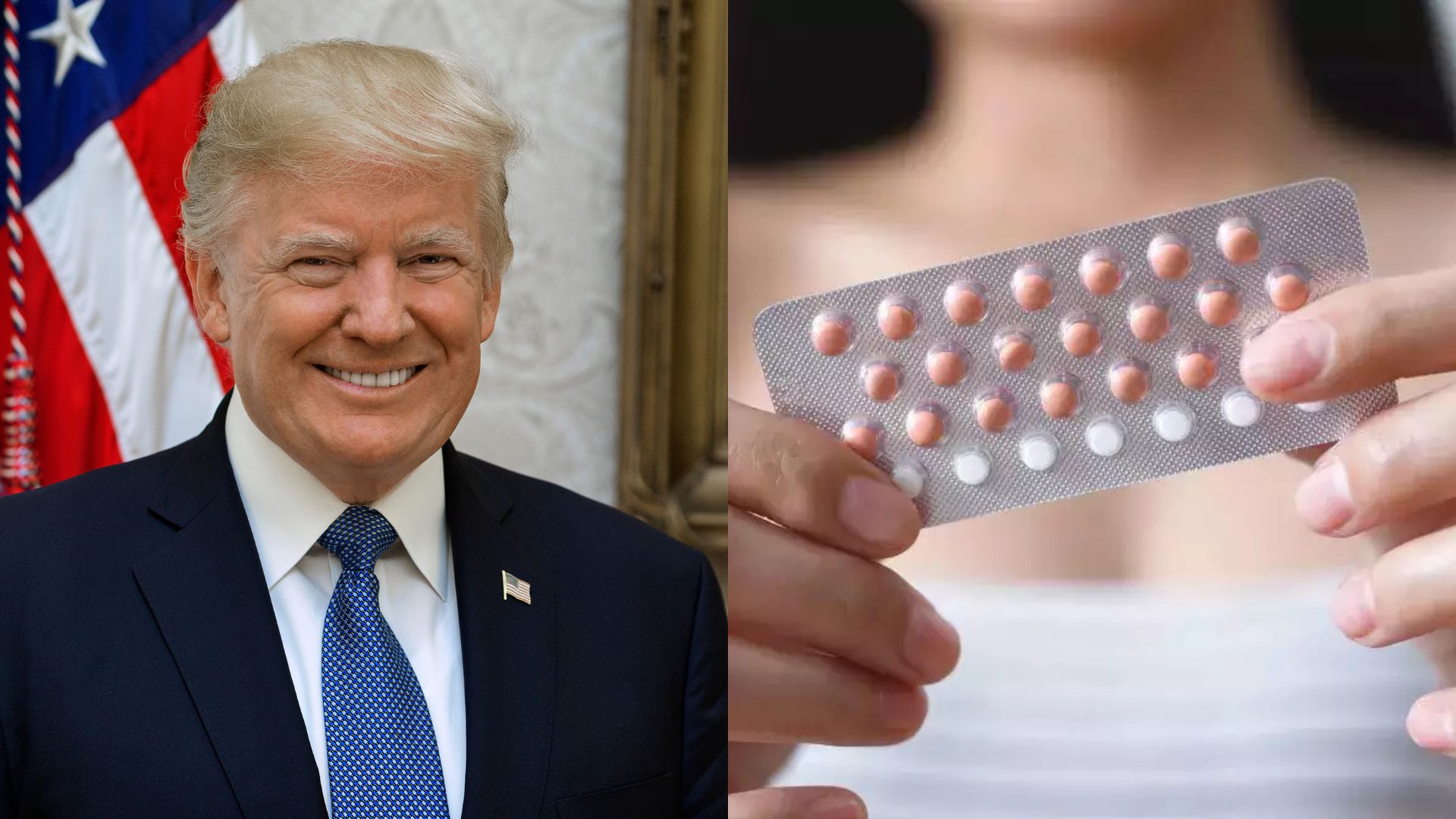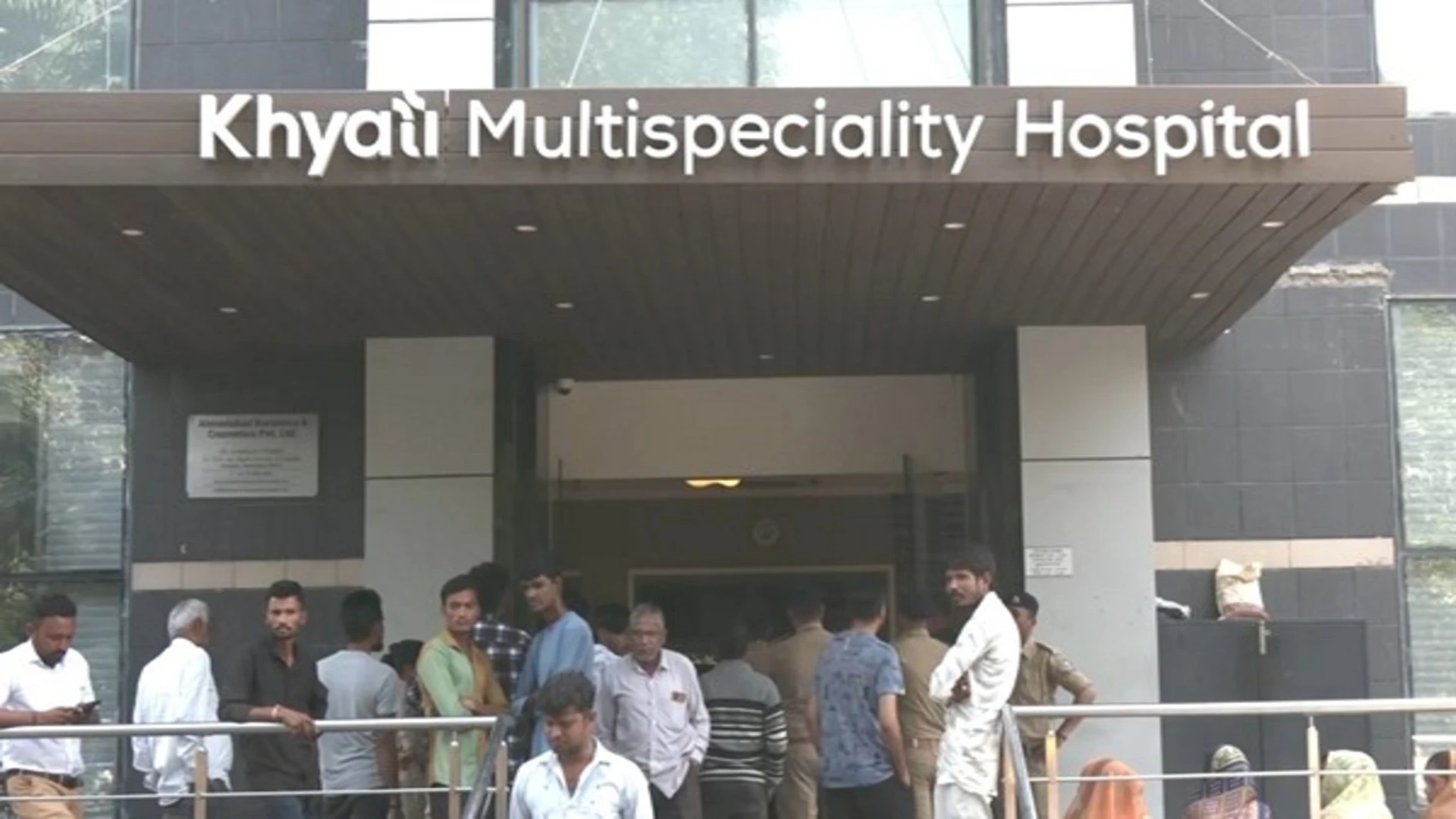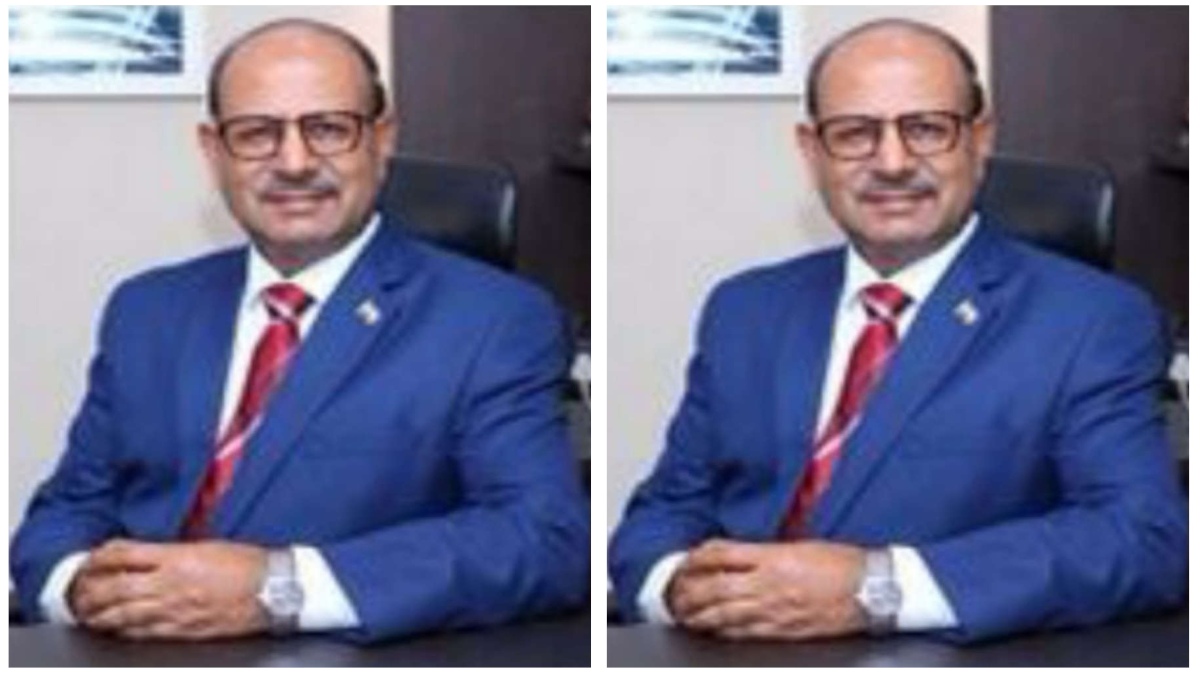
Vidya Ratan Sharma shared how his company has been working with the Government to supply LMO to various states in these challenging times.
Q. How are steel conglomerates the likes of Jindal steel, setting up the way ahead for remote parts of the country and rural parts of the country to procure this life-saving gas?
A: We, as a country, have been going through a very difficult time and this is an ordeal that we had to come through. And the steel industry has come forward to supply LMO to the state hospitals everywhere in the country from Kashmir to Kanyakumari. We are supplying LMO, the entire steel industry is together under the Ministry of Steel portal. The Ministry of Steel gave us a call that you had to spare LMO as much as possible. So we are voluntarily told that whatever options are available with us, it is available to the nation. And we will be in a position to supply to the Government of India and there won’t be an issue. And after that, the nodal agency was formed under the Ministry of Steel and Ministry of Home Affairs and now a nodal agency is governed by the local administrators and the local Chief Ministers of different states. We get the requirement and then they send the tankers and we fill up the tankers and send them back and this is how the chain is going on. The country needs about 7000 tonnes of oxygen every day although its capacity is more than 8000 tonnes. So there is no shortage of oxygen in the country. The country is capable enough to produce and protect the lives of the people. The only issue today is the logistics as the steel plants are remotely located somewhere in the eastern part of the country and bringing the liquid oxygen to the western part of the country like in Maharashtra, Delhi, Tamil Nadu, Kerala, or Chennai is a big problem. The distance is about 2000 to 3000 kilometres. This is how the chain is going on. But we are always ready in the interest of the nation.
Q. What were the initial hiccups versus the challenges that are being faced by the steel conglomerates in providing oxygen to various states and districts? How ready are we for the third wave?
A. The main steel producer produces about 10% of the total oxygen into the liquid. Since we are in the steel plants, we need oxygen as our raw material and that goes as a gas. So, just for the factor of safety, sometimes we have to take the shutdown breakdown of the plant. At that time we use liquid oxygen, we convert liquid into oxygen and utilise it. Most of these plants have this test facility about 8% to 10% of the total liquid oxygen available with them. So, we discussed and pondered upon which steel mill is near to which Metro cities or major cities in the country, for example, we are located in Angul, we are supplying mainly to Telangana and Andra Pradesh then Tamil Nadu and Karnataka. Similarly, we also supplied some of the gas to Chattisgarh and also to the western part of India. We have also kept the options open for the people if somebody is in dire need of oxygen. They do come to us and we fill it up. Now the challenge is that we have to compromise the production. So 8% to 9% production cut we have taken to meet our country’s demand. If the need be, then we’ll further take a hit but will not let people die for the amount of oxygen. So, for example, we can go up to 150 tonnes per day, but today we are dispatching about 100-200 tonnes every day. We have recently stocked about 360 tonnes and are waiting for the tankers to come in to fill it up.
Talking about the third wave, we didn’t even know what the second wave is. So from where the third wave has come? Nobody knows. The point here is, you cannot predict it. But we’re in a very similar situation like a biological bomb. The first thing is the financial capital of the country, Mumbai, and entire Maharashtra was affected by this virus. Then soon after maybe two weeks later, it is Delhi, now Delhi NCR. So two major capital cities of the country, one is the financial capital hub, and the other is the political capital, both are seriously affected by this particular virus. How it came, whether it is a tsunami or is a wave, I cannot say anything. The third wave should not come as we are now more educated, more prepared to compare the situation. But we have to see what is the origin of this particular virus? I’m not saying that it is coming from some foreign countries but maybe some of the miscreants are going to create this particular virus or spread this particular virus within the country. So we have to find out internally as well as externally. I’m sure the Government of India intelligence department and the Prime Minister’s office must be working, how to combat it and solve this problem. Thanks to all the European countries as well as America and many other countries who are helping India, bringing the concentrators and even the oxygen. The Indian steel industry is committed and we are working hand in hand for the government and shoulder to shoulder to support them.
Q.Taking the ongoing second wave into consideration, we are better educated, more aware and have learned the lesson the hard way, is there a logistical organisational and management managerial concept of proof that we can learn from and apply in the future? Keeping in mind that there needs to be some sort of digital connection or a digital control room war room that needs to be created at a macro level on a national level, or perhaps even internationally. Thereby allowing steel conglomerates and other key industries to be in touch with the government’s ministries to ensure that there is an overall system, whenever needed on an emergency basis, so that lives do not get lost like that. What are your views on it?
A: There is already a nodal agency and it is controlled by the Government of India and is mechanised as well as fully IT-driven. So they know which tanker is moving where, which truck driver is having which phone number and various details, and now they are going to put up a GPS so that even the empty truck can be monitored. Up till now, they’re not monitoring the empty trucks. So the empty container tankers when they go back for the refilling that is also most important stoker down the turndown cycle. The total cycle time is 10 to 12 days. We request the Government of India to do three things. Firstly, please ask the tanker operators or tanker owners to depute at least two drivers per tanker. The government of India found yesterday that 2400 more drivers will be working as Corona warriors. They will be deployed on every truck so at least 1200 trucks can run for 24 hours a day. Secondly, we suggested to the Government of India that it is for a large country, and it is like a biological attack on the country. We should have more than 600 oxygen plants. They declared the next day that the PM Cares fund will invest money and 551 oxygen plants will be installed in different parts of the country. This is a very good move. Our Prime Minister Narendra Modi is a very good manager and he can manage these disasters in a much better way. We only have to support him, we don’t have to find a fault in the government, whether it is state government or Central government. My request to the doctors, the patients in hospitals is not to create panic in this situation. Thirdly, we request the Government of India that there should be a capping on the fees being charged by doctors and hospitals. Nowadays the doctors are demanding online consultation fees ranging from Rs 500 to Rs 5,000. Some doctors are charging even more than Rs 5,000 for 30 minutes of consultation. This is ridiculous, it’s not the time for the doctors to earn money out of the desperate or distressed patients, it›s time to help them. The basic humanity has to be shown by them and the hospitals. People are running from one hospital to another hospital. They are not even being accommodated in the corridors or on the stretchers or the wheelchairs. We have to do something and the government must come up with some strong disability action. I think the consultation fee should not be more than Rs 1,000.
Talking about what kind of preparation and education we have based on last year, I agree that we were very raw back then. But we got into lockdown, the entire country was down for about two and a half months. That’s why this spread could be avoided. But this time, the decision has been left on the states. So the states will have to decide what needs to be done. I have one suggestion, I’d like to share with the government officials that now the government authorities need to open the government offices at night. There should be shift duty for the government officers like from 6 am to 2 pm and 2 pm to 10 pm or even 10 pm to 6 pm as the industries are also working in shifts. Through this, the country will keep running and we will not be locked down into the houses and contribute to the nation’s growth as a whole in a holistic way.
Q. It’s been a long haul of a year and a half and the second wave has been unprecedented. It has stretched us all to our maximum, frustrated us and made us feel completely helpless at times. A lot of our friends, family members, or relatives have all been reeling under the crisis in a personal capacity. How have you been able to tackle it?
A. There are two things here. First, I’ll suggest all hospitals in the country and the health institutions, those who are running the hospitals or any nursing homes or medical colleges, to please put up their own oxygen plants. They can be self-reliant and the oxygen is made out of the air and the consumable is only electricity. So, there are no chemicals and no raw material is required to produce oxygen. Today, the oxygen plants are available even at a very small cost of Rs 40 lakhs to Rs 50 lakhs and they can manage about 150 beds 24 by 7. This is a very meagre amount. The oxygen plants or containers are available in Malaysia, Italy and China and these plants can be imported immediately. Even if the hospital does not have a place to keep the oxygen plants we can request the city authorities to allow them to keep the plant on the outside footpath.
Second, when we are telling people that they can’t come to the hospital, we must see how we can help them and what best can be done. Third, there are oxygen concentrators in most of the hospitals; they do not have only concentrators, they are banking upon the cylinder gas or dry gas. So, I request to all the hospitals that if you have a 100-bed hospital at least you should have 30 to 40 oxygen concentrators. Now the Government of India has also reduced the GST, it is now only 12% on concentrators and there is no import duty. It›s a wonderful move. People can give oxygen concentrators to relatives and or medical institutions. We must utilise this so that we can have the equipment ready in emergency cases. Times are uncertain, we have to get up, manage ourselves and support the government at this time. We should not overburden the hospitals and the healthcare system. We must help the government to combat the situation.
Q. When you have diverted all your resources and manpower in the creation of LMO it is bound to impact the primary production levels of the steel plant of your company. How soon can the recovery be made?
A. It’s very a great concern. Our Chairman Naveen Jindal, tweeted about it 10 days back that the last drop of liquid oxygen is available for the nation. He said that people’s first so we are going by that. The approach we have taken is if the country is there, then we are there. We aim to serve the nation. Even if we had to lose some production or compromise on production, we will keep on compromising. We will get time to recover. If our markets are good, our customers are our ally, if they are healthy, MSMEs are working. The steel users are working. There’ll be a time that we can recall and if people are disturbed, the entire country is disturbed, then we will never get time to recover. So our motto is people first. In business, 5% less production or 10% less production doesn’t matter as we can still pick up in the next one to three months. So we will have to work shoulder to shoulder with the Government of India, local authorities, and I’ll also ask the media to spread the positive news and combat it together. Let us find a solution together and conquer these particular catastrophic conditions.
